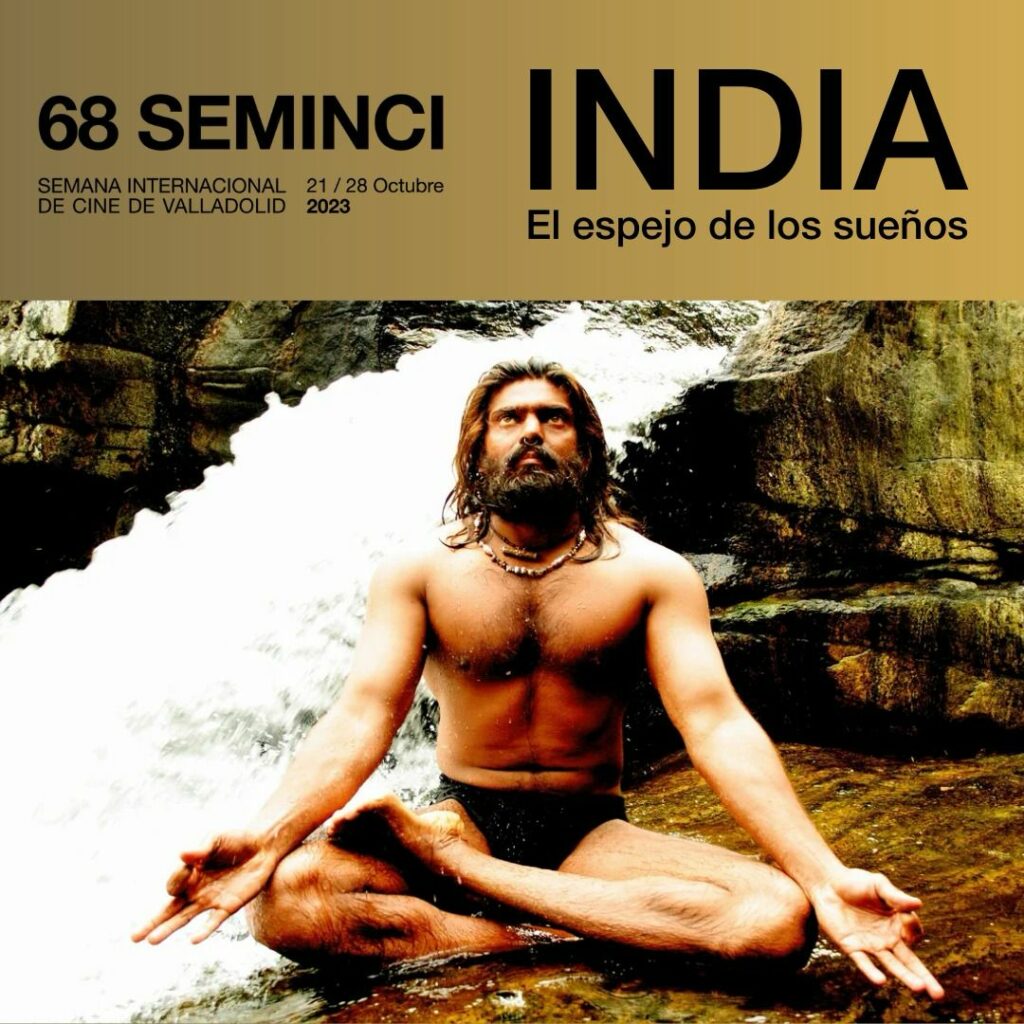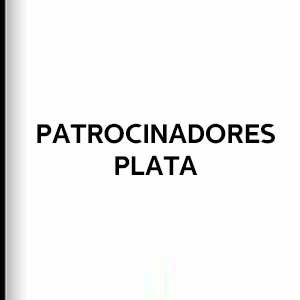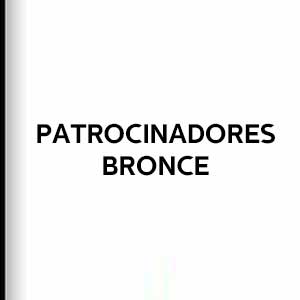The festival celebrates the presence of India with a cycle of 17 films, a round table and the publication of a 500-page bilingual monographic book on the country’s cinematography
The India Gala will be held on October 26 at the Teatro Zorrilla with the premiere of the film Dear Jassi and the presence of its director, Tarsem Singh
A cycle of 17 films – 14 feature films and three shorts – that puts in dialogue contemporary works of the last two decades with classics of Indian cinema, the edition of a book in Spanish and English of more than 500 pages where some of the main specialists of the world analyze the history of its cinematography and an exhibition with unpublished photographs of Carlos Saura will articulate the presence of India as guest country of the 68th edition of the International Film Week of Valladolid, which will also premiere in Official Section, out of competition, the feature film Dear Jassi.
Its director, Tarsem Singh (The Cell, Mirror Mirror, Emerald City), one of the most important directors of advertising and video clips in the world, will come to Valladolid to present his new film to the festival audience during the India Gala, which will take place on October 26 at the Teatro Zorrilla. Tarsem Singh is a filmmaker with an extensive career, which includes feature films such as The Fall. The Dream of Alexandria -winner of the Sitges Festival- to music videos for artists such as REM, Lou Reed and Lady Gaga.
Dear Jassi, his first film in eight years and the first he has shot in India, deals with a particular version of Romeo and Juliet: Jassi, an Indian girl living in Canada, travels to Punjab to see her family and falls in love with Mithu, a bicycle-taxi driver. The love is mutual, but the obstacles (distance, family, administrative barriers…) are insurmountable.
Also traveling to Valladolid will be filmmaker Pan Nalin, winner of the Golden Spike at the 66th Seminci with Last film show, who will be part of the International Jury of this edition. Nalin’s film is one of the two Indian film winners at Seminci. The other is Kharij (The Case is Closed), which won the Golden Spike at the 28th edition.
The cycle, entitled “The Mirror of Dreams”, aims to establish a dialogue between contemporary works and films that have marked the history of Indian cinema and have been a key influence on new filmmakers. This exhibition offers seven films made in recent years, including the dazzling debuts of Payal Kapadia, A Night of Knowing Nothing (awarded Best Documentary at Cannes), or P.S. Vinothraj, Pebbles (Tiger for Best Film in Rotterdam), and internationally acclaimed works that have had minimal exposure in Spain, such as Gurvinder Singh’s The Fourth Direction or Amit Dutta‘s Nainsukh, as well as films that combine commercial character with authorial features, such as Vishal Bhardwaj‘s Haider and Bala‘s I Am God.
Alongside them, seven other sessions that form an integral part of the history of Indian cinema will be screened, presented in recently restored copies, most of them unpublished in our country. The objective of breaking new ground is exemplified in the decision to dispense with such well-known icons as Satyajit Ray, Deepa Mehta or Mira Nair, but to bet on avant-garde masters that will always be necessary to vindicate, such as Ritwik Ghatak, Mani Kaul or Kumar Shahani. And above all, in the inclusion of titles barely known in our territory but equally stimulating as 36 Chowringhee Lane, by Aparna Sen; Disha, by Sai Parānjpye, or Love in the Time of Malaria, by Sanjiv Shah, as well as a session with short documentaries signed in the 80s by the women’s film collective Yugantar and its pioneering political-feminist cinema in India.
The retrospective will highlight the reflections and affiliations that exist between the films of the past and the present, tracing thematic and aesthetic lines of clear Indian idiosyncrasy that remain intact over time, from love as an existential engine or the relationship between art and spirituality, to the crossroads of the exodus from the countryside to the big city. Another of the pillars of the retrospective will be the vindication of women directors, so often relegated to the background, yet who play an essential role in Indian cinema.

This cycle will be accompanied by the book ‘Indian Cinema. Traditions, ruptures and dissidences’. Published by Seminci and coordinated by Carlos F. Heredero and Caimán Cuadernos de Cine, this bilingual edition in Spanish and English brings together several of the leading specialists on Indian cinema at the international level, who offer, in fifteen chapters, a transversal journey through some of the most significant historical moments, genres, performers, filmmakers, films, themes and production models of Indian cinema. The volume seeks to “relate the history and past of Indian cinema with its most effervescent present”, in Heredero’s words. The publication of this book has been made possible thanks to the support of the Ministry of Information and Broadcasting of the Government of India, through the Film and Television Institute of India (FTII).
Carlos Saura’s Flamenco India
After the opening of this exhibition at the Cervantes Institute in New Delhi in autumn 2022, the exhibition “Flamenco India by Carlos Saura” arrives in Spain for the first time, made up of photographs that explore the Aragonese filmmaker’s search for the origins of the gypsy people and flamenco, and the creative process behind the show Flamenco-India, whose world premiere took place precisely at the Calderón theater in Valladolid in 2015. The exhibition is curated by Guillermo Rodríguez, director of Casa de la India, and Anna Saura, daughter of the director, with exhibition design by Ramón Isidoro, and can be seen at the San Benito Municipal Exhibition Hall from October 19 to November 12.
The exhibition consists of 47 photographs of the show and of different places in India, such as Mumbai, Kerala, Madras or Rajasthan, as well as a gallery of portraits of great flamenco figures, such as Camarón de la Isla, Lola Flores, Paco de Lucía, Antonio Gades or Vicente Escudero. The exhibition also includes eleven sketches drawn by Saura of different scenes from the theatrical production and two pieces from the costumes, as well as a video with images of the show and an interview with the Aragonese director.
The show Flamenco-India was an exploration of the links between flamenco and various forms of Indian music and dance and with an amazing staging, which showed the best of the passion and vitality of flamenco in dialogue with the richness of the dance and music traditions of India. Now, the exhibition “Carlos Saura’s Flamenco-India” brings together the director’s passion for the Asian country with audiovisual images and photographs taken by Saura himself, as well as sketches, drawings, letters and notes taken during his travels in India and his creative process while preparing the staging of the show. The exhibition, co-produced by the Instituto Cervantes, Casa de la India and Seminci, will be inaugurated on October 18.
India’s presence at the festival is complemented by two other activities organized by Casa de la India. On the one hand, the exhibition Indian Film Posters, which will be held at the headquarters of this institution from October 19 to November 10 and will showcase some of the most iconic Indian film posters from the mid-twentieth century to the present day, from the collection of the National Museum of Indian Cinema. On the other hand, the Screenwriting Lab “Stories That Travel”, which will take place from October 19 to 26 at the Casa de la India and the Acera de Recoletos Tourism Office in Valladolid, produced by Content Flow (India) with the sponsorship of the Spain Film Commission and the Valladolid Film Commission.














































